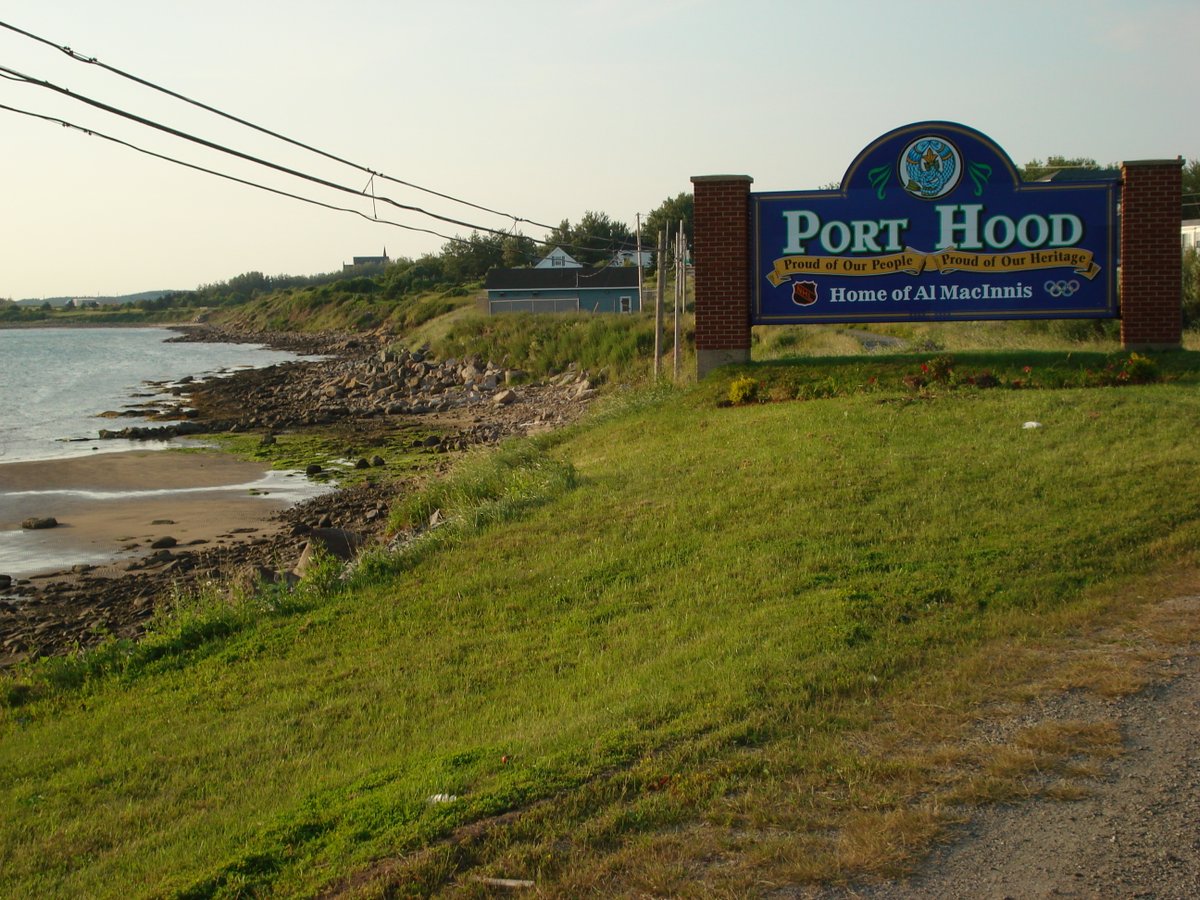We love getting questions about #mining, #minerals and #geology! We were recently asked about historical mining in #PortHood, #Inverness County. Here’s our answer:
#nspoli #cbpoli #NovaScotia #CapeBreton #NS #CB

#nspoli #cbpoli #NovaScotia #CapeBreton #NS #CB


In the 1740s-1750s, a quarry on #PortHood Island was the main supply of finished/dressed sandstone for #FortressLouisbourg’s window and door casements. About 60 men worked there in summer and the stone was sent by barge through the #StraitofCanso to #Louisbourg.
#nspoli #cbpoli
#nspoli #cbpoli

Many historical #NovaScotia buildings, including the more important buildings at #Louisbourg, were made of stone that was considered somewhat unattractive (i.e. fieldstone or ironstone), so it was often fancied up with granite or sandstone trim.
#nspoli #cbpoli #CapeBreton #NS
#nspoli #cbpoli #CapeBreton #NS

#PortHoodIsland was connected to mainland #PortHood by a low-lying isthmus until the 1800s when the sand spit eroded and made it an island. You can see the isthmus in the 1776 map below.
#nspoli #cbpoli #NovaScotia #CapeBreton #NS #CB
#nspoli #cbpoli #NovaScotia #CapeBreton #NS #CB

An attempt to reconnect #PortHood Island to the mainland was made in 1905 when horse-drawn sleds dragging stones helped build a breakwater. Further work was done in 1937.
#nspoli #cbpoli #NovaScotia #CapeBreton #NS #CB
#nspoli #cbpoli #NovaScotia #CapeBreton #NS #CB

It wasn't till 1960 that the breakwater was completed – but no road was built on it because the top washed away shortly after the breakwater was done. The remains of the breakwater can be seen below and in the satellite shot that shows the submerged stone.
#nspoli #cbpoli

#nspoli #cbpoli


#Coal mining started in #PortHood in 1864-65 when the #CapeBreton Coal Company opened the American Mine.
The Tremain Colliery opened in 1875 but lack of a good shipping point made mining unprofitable. It closed in 1878 after a boiler explosion.
#nspoli #cbpoli #NovaScotia #NS #CB
The Tremain Colliery opened in 1875 but lack of a good shipping point made mining unprofitable. It closed in 1878 after a boiler explosion.
#nspoli #cbpoli #NovaScotia #NS #CB

Tremain was reopened in 1900 by the #PortHood #Coal Mining Company. A wharf was built in 1901 solving the shipping problem. Tremain was taken over by the Port Hood-Richmond Railway and Coal Company in 1906.
#nspoli #cbpoli #NovaScotia #CapeBreton #NS #CB
#nspoli #cbpoli #NovaScotia #CapeBreton #NS #CB

Unfortunately, a 1908 explosion killed ten men in Tremain. Six were locals. Four had arrived so recently from Bulgaria that no one knew their first names or how to contact their families in Bulgaria.
#nspoli #cbpoli #NovaScotia #CapeBreton #NS #CB
#nspoli #cbpoli #NovaScotia #CapeBreton #NS #CB

Tremain was flooded in 1911 – a significant concern since, like most #CapeBreton coal mines, Tremain tunnelled under the sea. However, in 1947 the origin of the water was found to be groundwater passing over salt beds as its salinity was greater than that of the sea water above. 

#PortHood Collieries Ltd. started the Beaton Mine in 1918. Operations ceased in 1922 due to flooding.
The McDonnell Colliery opened near Port Hood Beach in 1926 and closed in 1930.
#nspoli #cbpoli #NovaScotia #CapeBreton #NS #CB
The McDonnell Colliery opened near Port Hood Beach in 1926 and closed in 1930.
#nspoli #cbpoli #NovaScotia #CapeBreton #NS #CB

In 1930 the #PortHood Fuel and #Coal Company opened the Henderson Colliery. It was taken over in 1934 by the Port Hood Coal Company.
The Chestico Colliery opened in 1940 near Port Hood Beach and closed in 1947.
#nspoli #cbpoli #NovaScotia #CapeBreton #NS #CB
The Chestico Colliery opened in 1940 near Port Hood Beach and closed in 1947.
#nspoli #cbpoli #NovaScotia #CapeBreton #NS #CB

The Harbourview Colliery was opened in 1950 by the Margaree Steamship Company, which was later renamed Inverness Industries Ltd. Chestico Coal Mines Corp. took over Harbourview in 1959. Harbourview closed in 1966, bringing Port Hood's coal mining days to an end.
#nspoli #cbpoli
#nspoli #cbpoli

Total production in Port Hood was 1,115,021 tons.
During the Carboniferous era (360-300 million years ago) when #NovaScotia’s coal deposits formed and much of #NS was tropical swamp, a forest at #PortHood contained club moss trees that may have been up to 50 meters tall!
#nspoli
During the Carboniferous era (360-300 million years ago) when #NovaScotia’s coal deposits formed and much of #NS was tropical swamp, a forest at #PortHood contained club moss trees that may have been up to 50 meters tall!
#nspoli

• • •
Missing some Tweet in this thread? You can try to
force a refresh



























